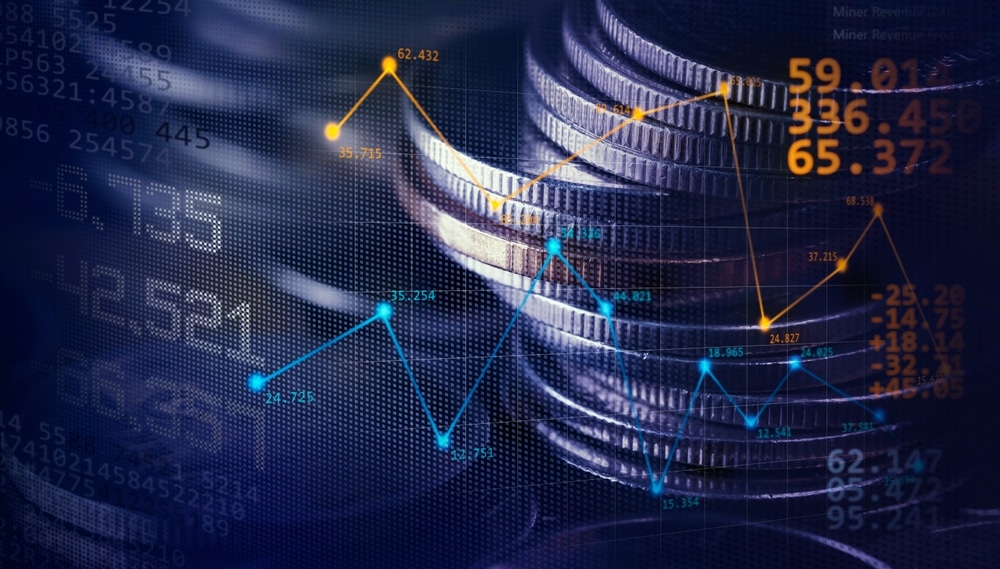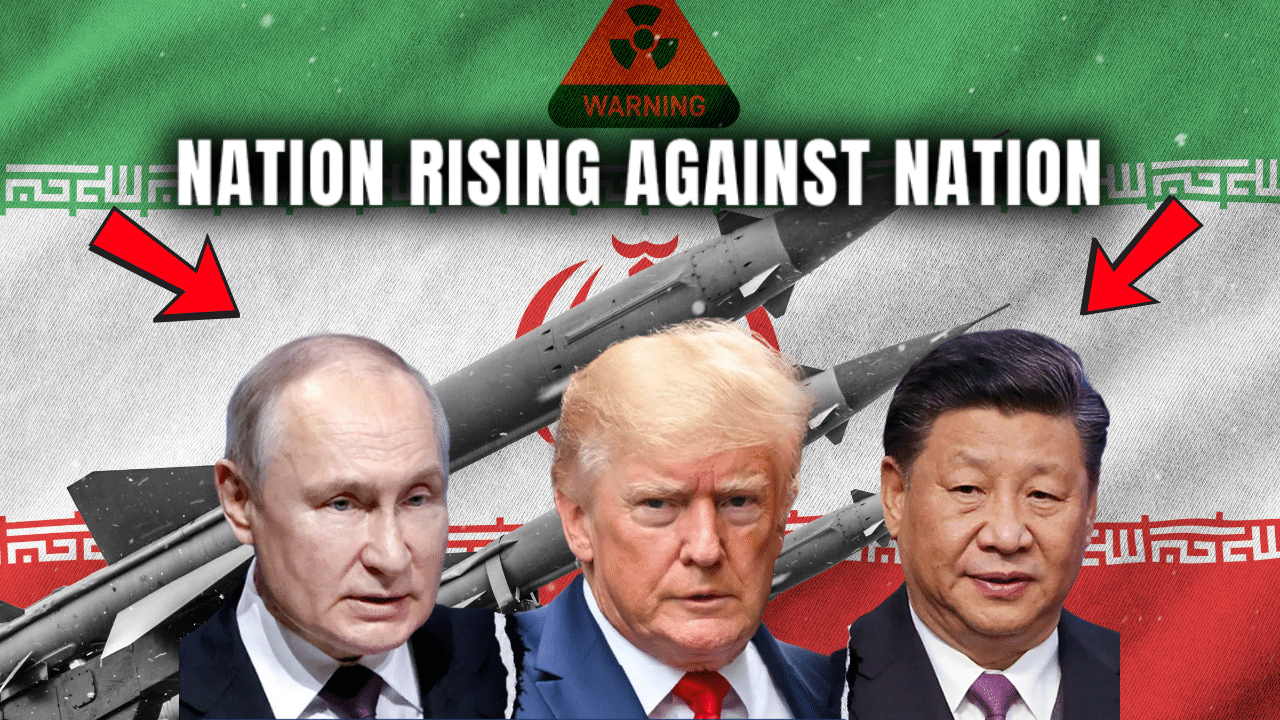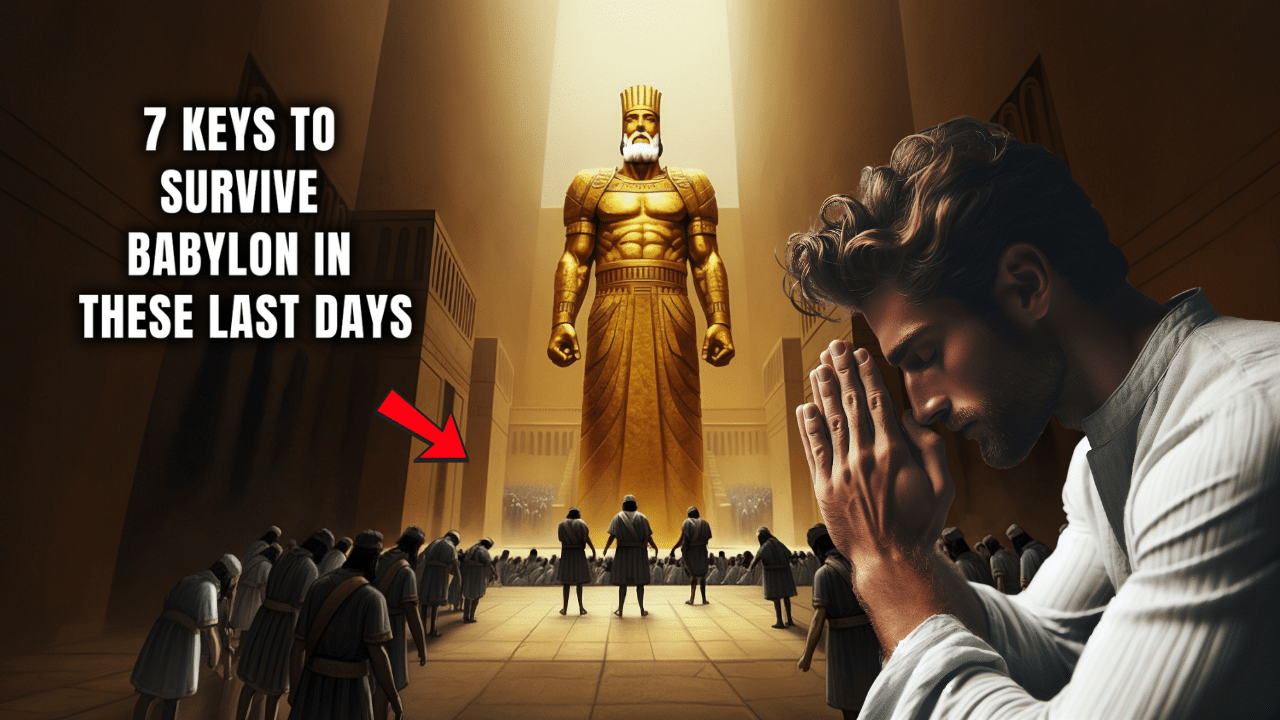(OPINION) In a rapidly evolving financial landscape, the concept of a digital dollar has captured the attention of policymakers, economists, and industry leaders alike.
Jeremy Allaire, CEO, Chairman, and co-founder of Circle—a financial technology firm behind the USD Coin (USDC)—recently described America’s first digital currency as a “technology superpower” dollar with the potential for “profound” impact.
His remarks, made during an appearance on Fox Business‘s “Mornings with Maria” on March 4, 2025, underscore a growing belief that digital currencies could redefine the U.S.’s role in the global economy.
Allaire’s optimism centers on USDC, a stablecoin pegged to the U.S. dollar, which has experienced remarkable growth.
According to Fox Business, USDC has seen a 100% increase in circulation over the past 12 months, facilitating trillions of dollars in transactions.
“This is a technology superpower dollar that expands the role of the United States around the world,” Allaire stated, emphasizing its ability to move money “instantly, inexpensively” with “tremendous” growth potential.
He argued that while media, communications, and software have been digitized to enable global connectivity, money has lagged behind—until now.
This vision aligns with broader discussions about digital currencies.
A 2022 report from PBS News noted that the Biden administration had taken steps toward exploring a central bank digital currency (CBDC), often referred to as a digital dollar, to reinforce U.S. leadership in the global financial system.
The White House, in a statement accompanying a March 2022 executive order, acknowledged that such a currency could reshape how money moves worldwide, a sentiment echoed by Allaire’s claims about USDC.
The potential impact of a digital dollar—whether a stablecoin like USDC or a government-backed CBDC—has been a recurring theme across mainstream outlets.
NBC News reported in March 2022 that a U.S. digital currency could transform central and commercial banking, government sanctions, financial accessibility, and even taxation.
David Yermack, a finance professor at New York University, told NBC, “The potential here is enormous, and it’s very interesting.”
He suggested that a digital dollar could streamline transactions by bypassing traditional banking systems, creating “near-seamless flows of cash.”
Bloomberg, in an August 2023 analysis, highlighted how blockchain-like technology could simplify and accelerate transactions among large institutions.
However, it also cautioned that enthusiasm for a digital dollar has waned since its peak a few years ago, partly due to logistical challenges like ensuring privacy and accessibility for all Americans.
The outlet noted that while a digital dollar could broaden financial inclusion, it would require widespread smartphone and banking access—barriers for some low-income households.
The Wall Street Journal, in a 2019 piece, foresaw a “coming currency war” as central banks globally, including the U.S., contemplate digital currencies.
It warned that if other nations like China succeed with their own digital currencies—such as the e-renminbi—the dollar might face unprecedented competition as the world’s dominant currency.
Allaire’s assertion that a digital dollar could expand U.S. influence seems to counter this fear, positioning stablecoins like USDC as a proactive step to maintain dollar hegemony.
Despite the promise, skepticism persists. The New York Times reported in April 2021 that Federal Reserve Chair Jerome Powell has approached the idea of a digital dollar cautiously, questioning its necessity given the efficiency of existing payment systems.
“Does the public want, or need, a new digital form of central bank money?” Powell asked, emphasizing that any move toward a CBDC would require congressional approval and a thorough understanding of its consequences.
Bloomberg’s 2022 coverage echoed this caution, noting that privacy technology for a digital dollar remains years away from maturity.
Banks have also expressed concerns, per The Washington Post in February 2022, that a digital dollar could drain deposits and destabilize the financial system during a crisis.
Politicians, meanwhile, have raised alarms about potential government surveillance of transactions—a worry Allaire’s private-sector USDC sidesteps, as it operates outside direct government control.
The U.S. is not alone in this endeavor. CNN and other outlets have reported on China’s progress with its digital yuan, which has processed billions in transactions and is set for international use during the 2026 Winter Olympics.
The Bahamas’ Sand Dollar, hailed by NBC as one of the world’s most successful digital currencies, and cross-border CBDC experiments led by the Bank for International Settlements further illustrate the global race.
Time magazine warned in September 2021 that the U.S. risks falling behind, potentially jeopardizing the dollar’s status as the world’s reserve currency.
Allaire’s vision, however, suggests a hybrid path forward. Unlike a CBDC, USDC is a private-sector initiative that leverages the dollar’s existing strength.
“The implications for the United States and for small businesses and households are profound,” he told Fox Business, framing it as a tool to democratize financial access while bolstering U.S. economic power.










